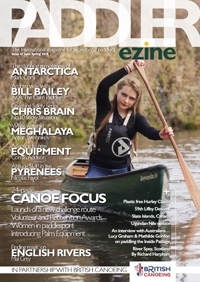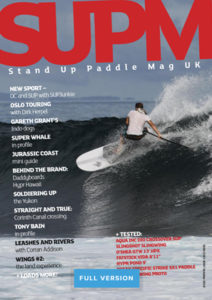At the risk of sounding like your parent, the clothes you wear really will affect how much you enjoy your experience on the water. Kayak clothing doesn’t need to be expensive or specialist. You can still have a great time on the water with the basics. To help, we’ve made a list of what you will need and a few extras you should think about before getting started. Take a look!
The basics:
Wetsuit
Best suited to the warmer months, wetsuits are a fantastic item of kayak clothing to get you started on the water. When you’re learning, you may find yourself taking the occasional dip. So a wetsuit is a good piece of basic kayaking gear to invest in. Neoprene is designed to keep you warm by holding the water close to your body and using your body heat to warm it up.
Paddle-top
A paddle-top, or cag as they are often known, is an outer shell designed to keep the elements out. They are worn over the top of your thermal layers and come in as many variations as there are paddling disciplines. A basic cag will usually be made of a waterproof and breathable material, have neoprene cuffs and neck to keep the spray out, and have taped seams to make them waterproof.
Paddle-bottoms
These days many paddlers use a combination of paddle-top and bottoms to keep them warm and dry. Made from either neoprene or nylon, often with reinforced knees and bum to prevent wear, they will usually have a sealed waist and cuffs on the ankles to keep the wet stuff out. You can find examples of these from Gill Marine.
Thermals
Thermals are a good base layer and will help keep you toasty, as well as taking moisture away from your skin through its material. Usually, these are made from man-made fibres or natural materials like wool. A fleece layer over your thermals will seal the deal and keep you comfortable, even on the coldest of days. You can wear them under your paddle top and bottoms to keep them dry for longer.
Extras you might need:
- Drysuits. Drysuits are an investment. You’d only really want to splash the cash if planning on paddling in all weather conditions. Paddlesport-specific drysuits have become understandably popular, as they represent the ultimate in dryness and comfort and eliminate any nasty cold spots around the waist and kidney areas. Unsure what we mean by a drysuit? Take a look at these from Gill Marine.
- Helmet. If you are paddling on moving water, you should wear a helmet. You’ve only got one brain, so it’s best to protect it from harm. A helmet will keep your head safe from any potential knocks and bumps. To properly protect you, a helmet should fit you snugly, cover your temple area and the nape of the neck. It should always be securely fastened, as obvious as that sounds.
- Spray-deck. This isn’t essential when you first start, but if you paddle a closed cockpit kayak then as your skills and confidence increase you will want a spray-deck to keep your boat dry. It seals over your kayak’s cockpit rim to create a watertight seal.


 Go Paddling
Go Paddling Clear Access Clear Waters
Clear Access Clear Waters Paddles Up Training
Paddles Up Training Clubhouse
Clubhouse Services Login
Services Login

